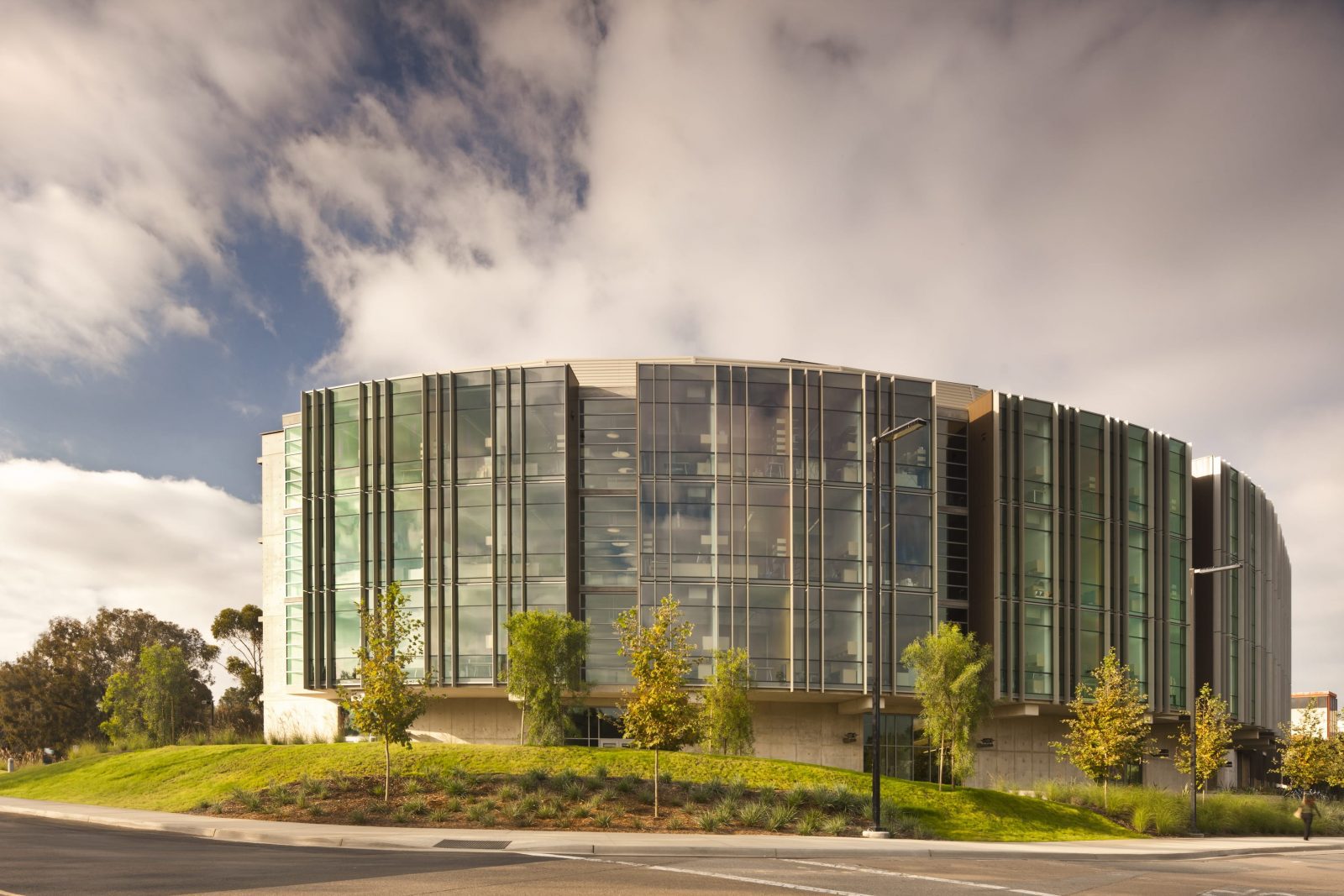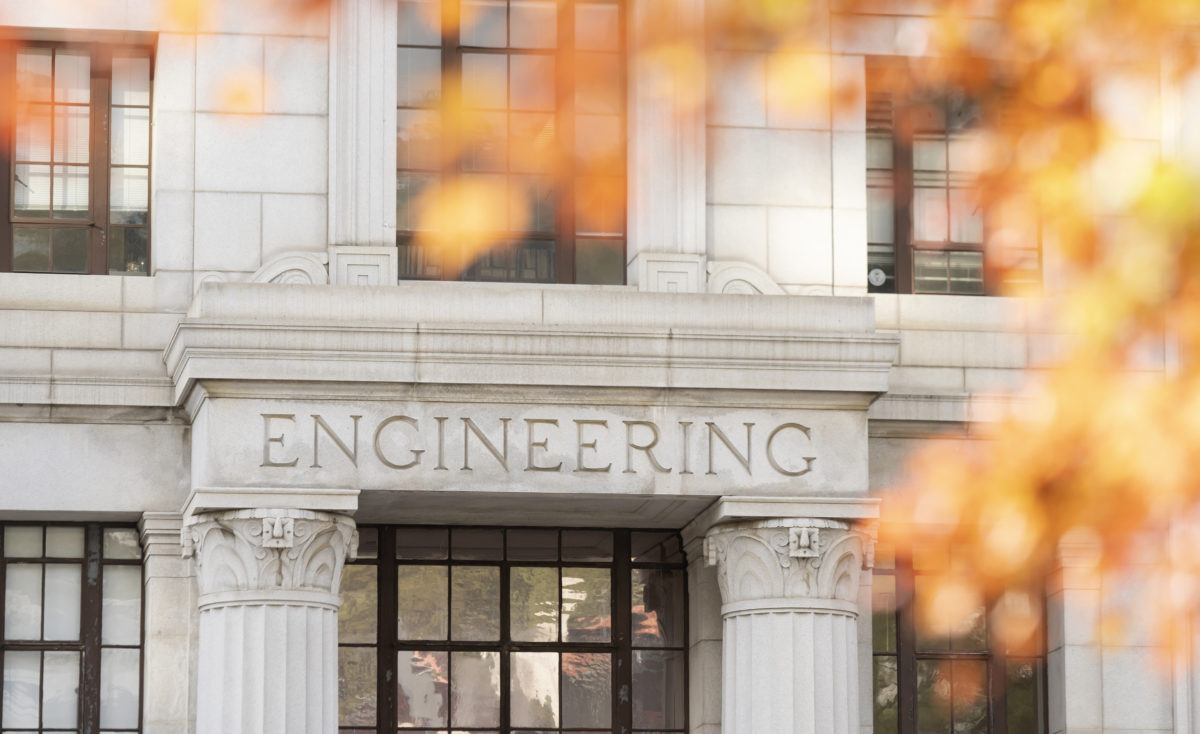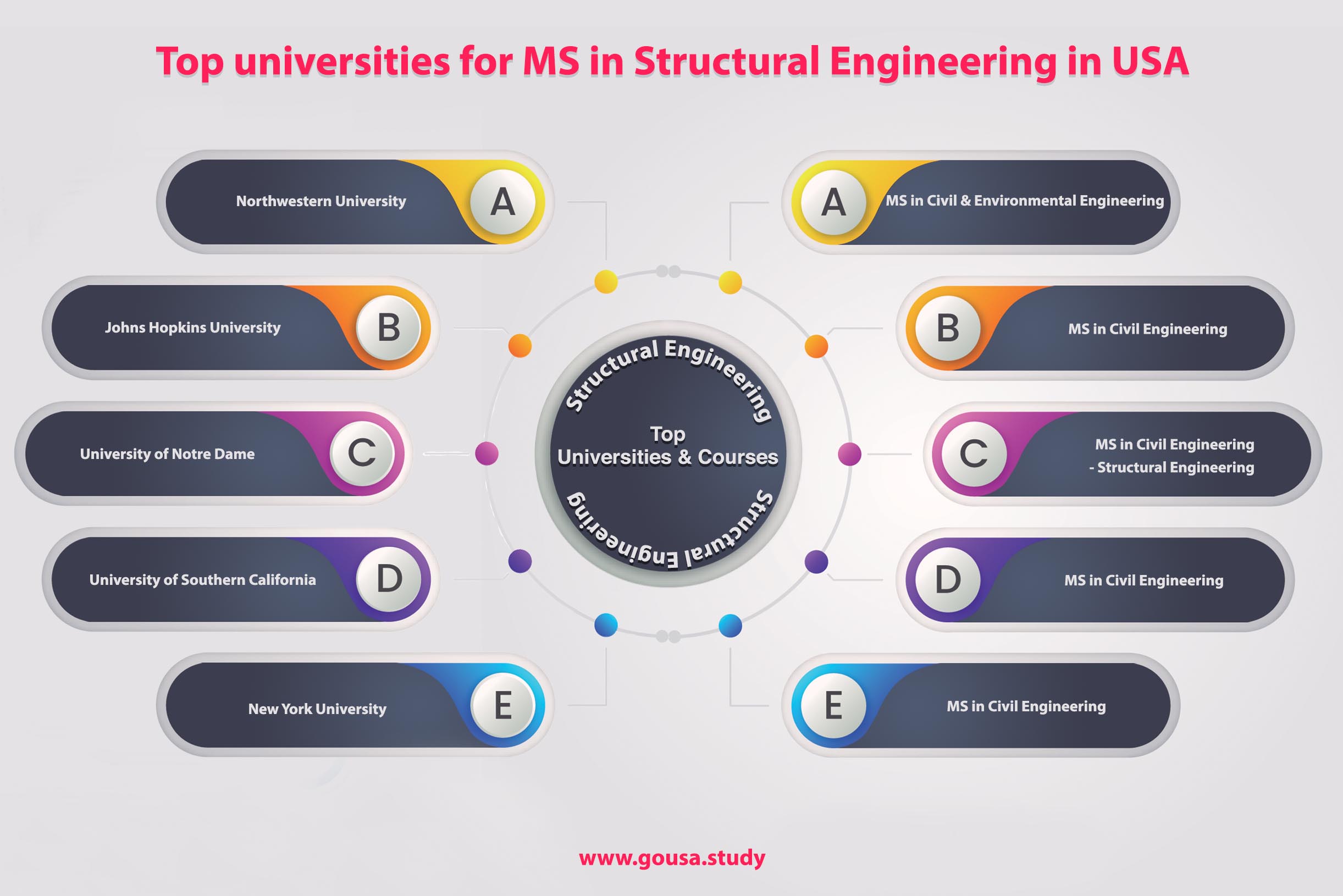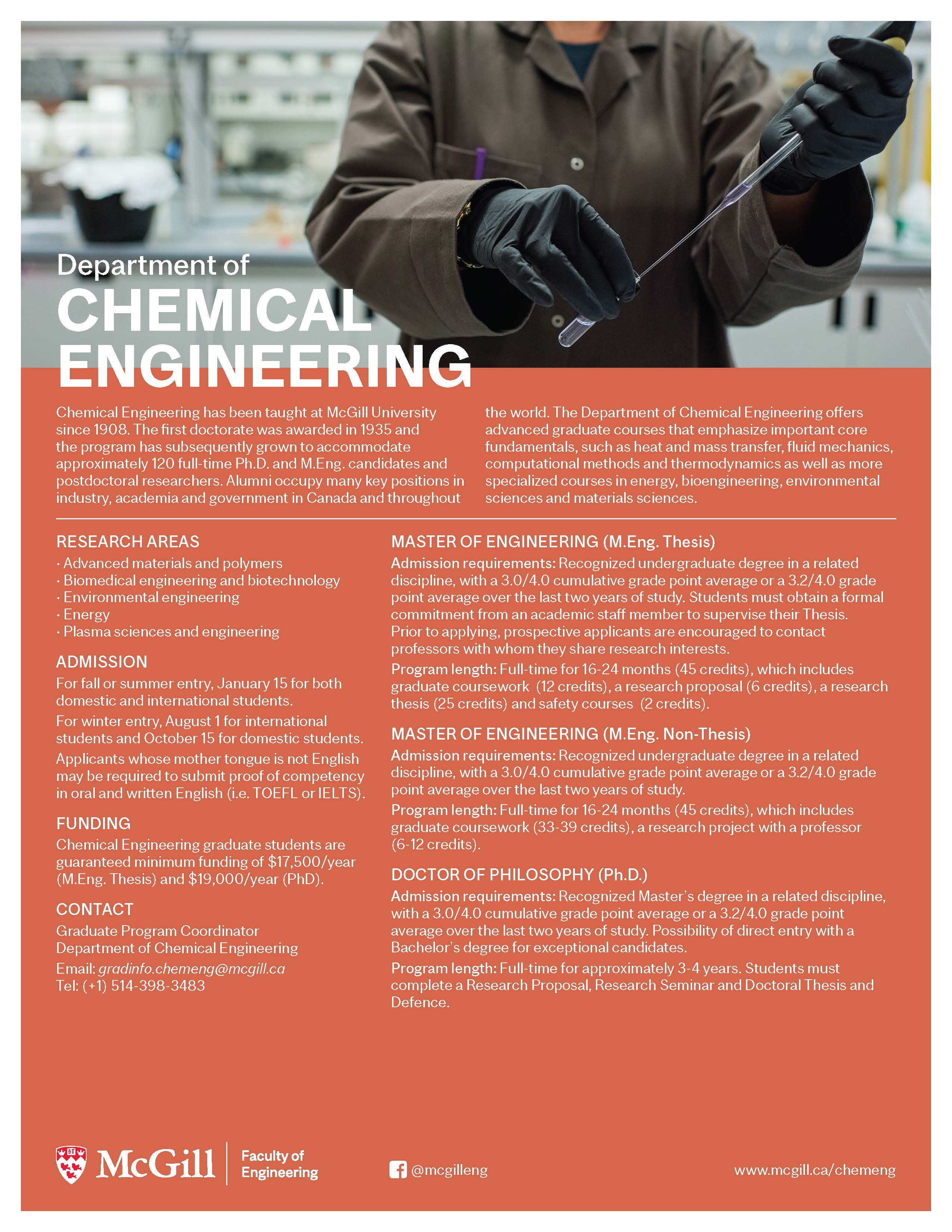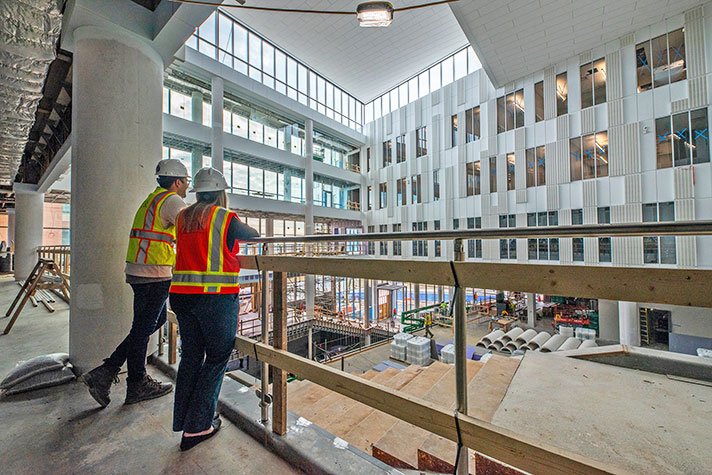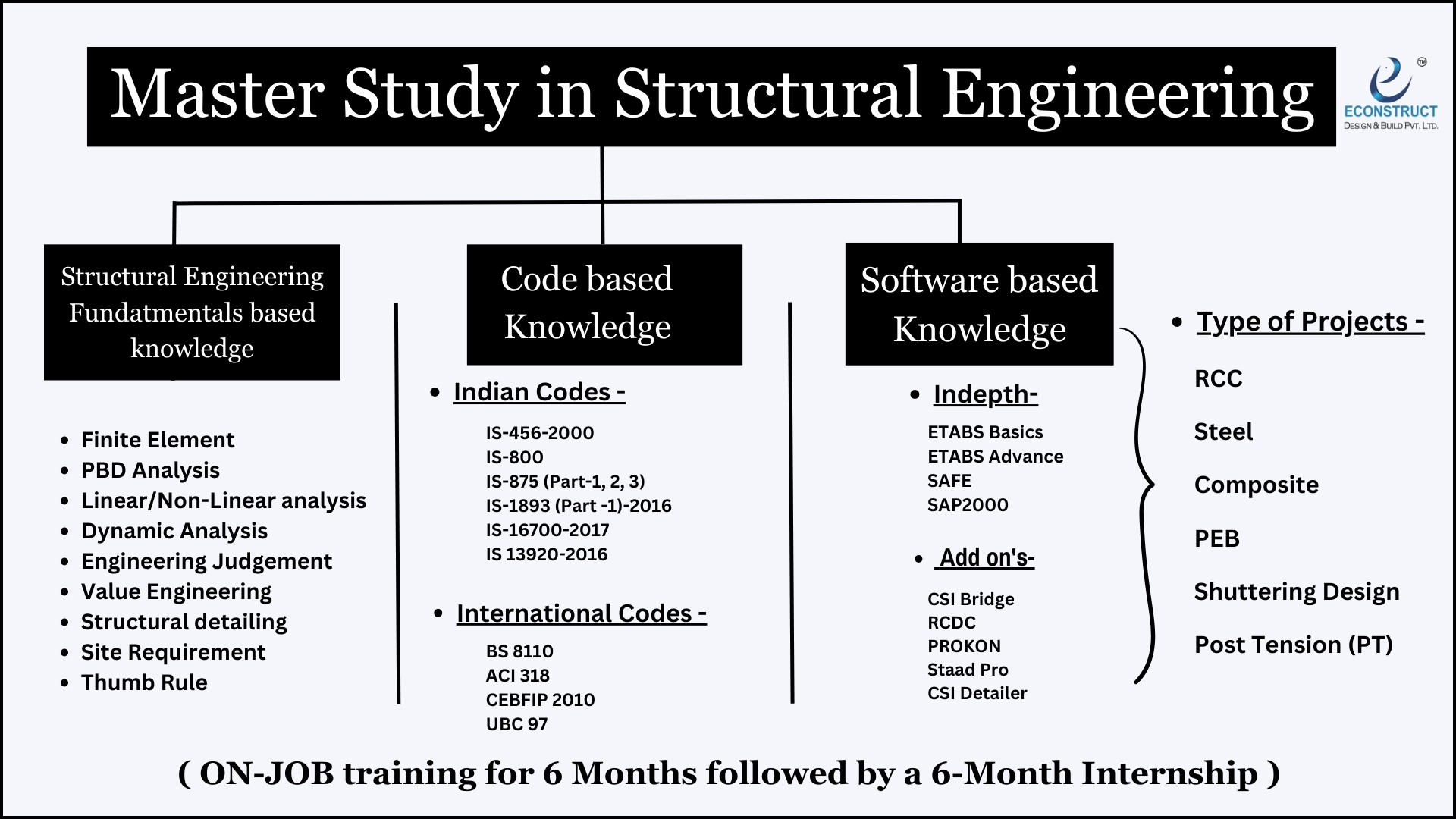Structural Engineering Masters Programs In California

California, a state renowned for its innovative spirit and vulnerability to seismic activity, is home to some of the nation's leading structural engineering master's programs. These programs are attracting both domestic and international students eager to contribute to the design and construction of resilient infrastructure capable of withstanding earthquakes and other natural disasters. The demand for skilled structural engineers in California remains high, making advanced education a crucial stepping stone for career advancement and specialization.
Structural engineering master's programs in California are more than just academic exercises; they are incubators for the next generation of experts who will shape the built environment. These programs equip graduates with the advanced knowledge and skills necessary to design, analyze, and maintain safe and sustainable structures. This is particularly significant in a state facing ongoing challenges related to seismic resilience, aging infrastructure, and climate change.
Top Programs and Their Focus
Several universities across California offer highly regarded structural engineering master's programs. Institutions like the University of California, Berkeley, Stanford University, University of California, Los Angeles (UCLA), and the University of Southern California (USC) consistently rank among the top programs in the nation.
Each program possesses unique strengths and areas of specialization. UC Berkeley, for example, boasts a strong emphasis on research and innovation, particularly in earthquake engineering and advanced materials. Stanford University provides a multidisciplinary approach, integrating structural engineering with related fields like geotechnical engineering and construction management.
UCLA's program focuses on performance-based design and sustainable construction practices. USC offers a comprehensive curriculum covering a broad range of topics, including structural dynamics, finite element analysis, and bridge engineering.
Curriculum and Specialization
The curriculum in these master's programs typically includes advanced coursework in structural analysis, structural dynamics, and design of various structural systems, such as buildings, bridges, and tunnels. Students often have the opportunity to specialize in areas like earthquake engineering, sustainable construction, or advanced materials.
Many programs incorporate hands-on experience through laboratory work, design projects, and internships. These experiences allow students to apply their theoretical knowledge to real-world problems. Some programs also offer opportunities to participate in research projects alongside faculty members.
According to program brochures, a thesis or comprehensive exam is usually required for graduation. This ensures students have mastered the core concepts and are capable of independent research or design work.
Industry Demand and Career Prospects
The demand for structural engineers in California is driven by several factors, including the state's aging infrastructure, ongoing construction boom, and vulnerability to earthquakes. According to the Bureau of Labor Statistics, the employment of civil engineers, including structural engineers, is projected to grow steadily over the next decade.
Graduates of structural engineering master's programs in California are highly sought after by consulting firms, government agencies, and construction companies. Common career paths include structural design engineer, project manager, and research engineer.
A master's degree often leads to higher salaries and greater opportunities for advancement. It also provides a competitive edge in the job market.
"A master's degree demonstrates a commitment to professional development and specialized knowledge, making graduates more attractive to employers,"says Dr. Emily Carter, a professor of structural engineering at USC.
Impact on California's Infrastructure
The contributions of structural engineering master's program graduates extend far beyond individual careers. These professionals play a crucial role in shaping the safety and resilience of California's infrastructure.
They are involved in the design and construction of earthquake-resistant buildings, bridges, and other critical facilities. They also contribute to the assessment and retrofit of existing structures to improve their seismic performance. This is essential in mitigating the risks associated with earthquakes and ensuring the safety of the public.
By incorporating sustainable design principles into their work, structural engineers are also contributing to the long-term environmental health of the state. They are designing buildings and infrastructure that are more energy-efficient, durable, and resilient to the impacts of climate change.
Conclusion
Structural engineering master's programs in California are vital for preparing the next generation of experts who will shape the built environment and contribute to the safety and sustainability of the state. With a strong emphasis on research, hands-on experience, and industry collaboration, these programs provide graduates with the knowledge and skills necessary to excel in a challenging and rewarding profession. As California continues to grapple with the challenges of seismic activity, aging infrastructure, and climate change, the role of structural engineers will only become more critical.



.png)
